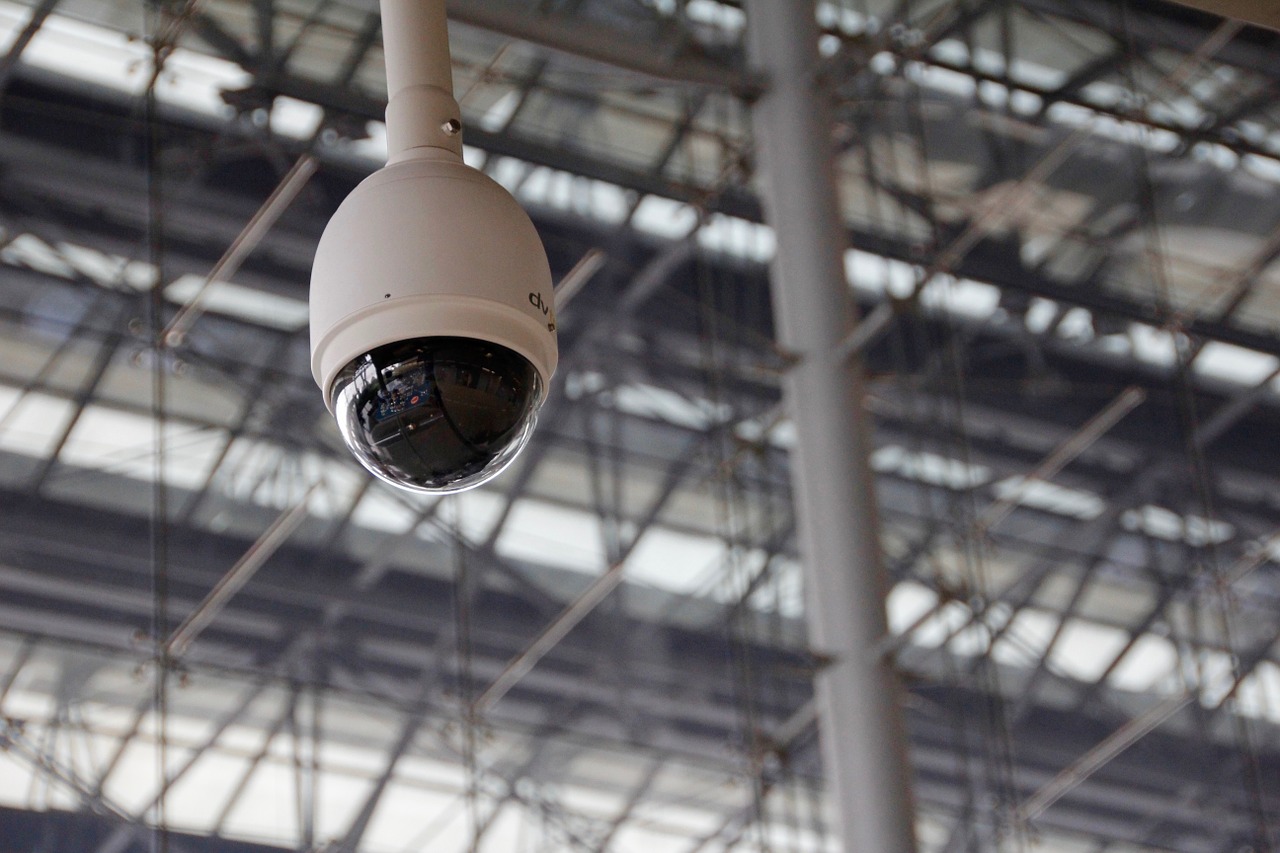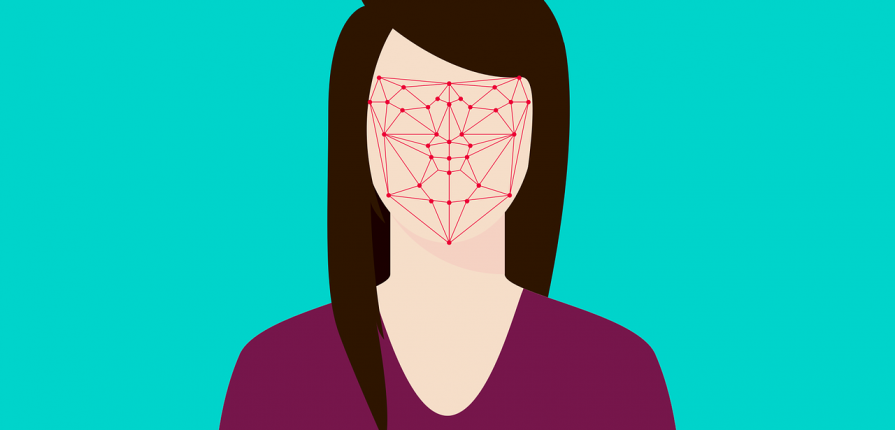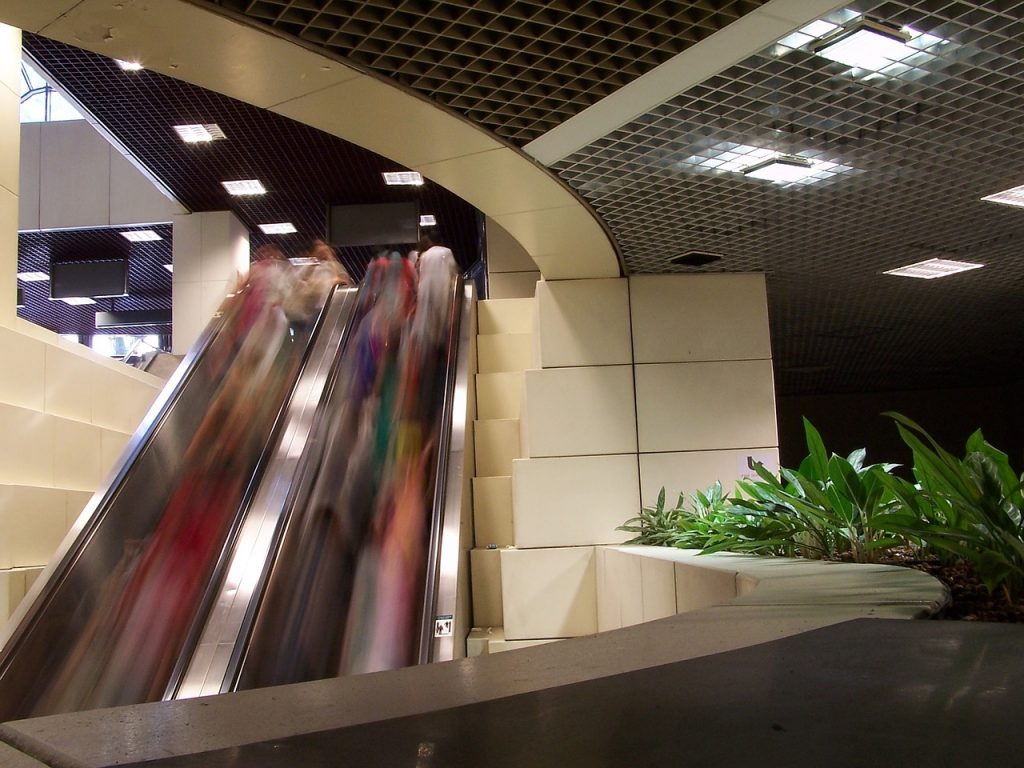In technology and security quarters, facial recognition technology (FRT) is one of the highly debated topics today. We wanted to break down what is facial recognition and how you can implement this in your business. The old security mechanisms such as employing security guards served us for many decades, but the speed of life, growth in the workforce and the sensitivity of our digitized information has raised the need for faster, more precise technology to keep us and our assets safe using electronic security systems.
Intruders and fraudsters came up with witty strategies to beat our security procedures. Because of this, we have realized that we need to fight back with technology that is current, expandable and updateable in order to counter the tactics of today’s’ criminal.
Businesses, even residences are now enjoying a higher level of security with the adoption of Biometric Technology. Biometric techniques involve the use of biological features to identify a person.
Among the biometric technologies, fingerprint identification is the most popular. However, it has shortcomings. For example, since it involves contact with the identification device, it might be unsuitable for busy entry points or shunned in some cultures due to sanitation concerns.
Furthermore, after identifying several people, the scanner will have to be thoroughly cleaned. The need for a fast and non-intrusive security identification procedure has aroused interest in facial detection technologies.
What is Facial Recognition Technology?
FRT is a type of biometric technology. It uses facial features to identify a person. The human face has very many unique features.
For example, the shape of the cheekbone and size of the jawbone vary from person to person. There are several methods used to capture and evaluate the unique facial characteristics. For example:
- Thermal imaging: This captures the heat-related characteristics of the face such as the heat absorbed and the level of thermal radiation the face emits.
- 3D facial mapping where multiple pictures of the face are taken from different angles.
- Evaluating unique facial features. These futures are also known as landmarks.
- Analysis of the geometric sizes of facial features such as the depth of eye sockets and the size of the nose.
- Analysis of the distance between key facial features. For example, the distance between the eyes can be a basis for identification.
- Analysis of the facial skin texture.

How Does Facial Identification Work?
The main components of an FRT system are security cameras, the positioning of cameras, data analysis software, and a database. The following steps are taken during the facial detection process.
- Capturing data: The behavioral and physical facial characteristics are captured using high-resolution cameras. The image samples are obtained in controlled environments. Conditions such as the lighting levels, temperature, and the time the image was taken are essential during the image analysis.
- Extraction of the collected data: In this stage, all the received data is extracted by facial processing software. The software then creates templates using the data.
- Comparison: The template created from the extracted data is compared to the models stored in the database. The software uses complex mathematical algorithms to make comparisons.
- Matching: After a thorough analysis and comparison with the existing templates, the system decides whether the new facial data corresponds to a model in the database. Although the whole process sounds long, it only takes a few seconds to go from capturing data to matching!
How Can You Use Facial Recognition Technology?
Airports and law enforcement agencies are now using FRT to identify repeat offenders and blacklisted individuals. FRT has also found a way into our daily lives through mobile applications.
For example, Facebook is using an FRT feature known as DeepFace to recognize faces in digital pictures. DeepFace has recorded an accuracy of 97 percent. iPhone users now have the option of unlocking their phones using a facial identification feature.
Pros of Using Facial Recognition Technology
These are some of the benefits that businesses and residential homes can accrue by installing facial identification systems.
Improved security
FRT will improve the level of security in your home and business. It cannot be compared to other methods such as hiring security personnel.
Security guards can be forgetful, inaccurate, prone to fatigue and at times, dishonest. These qualities can limit their ability to identify intruders and repeat offenders. FRT systems should not replace security personnel entirely. Instead, the system should be used to complement the role of your security personnel. For example, the FRT can be used to alert the security personnel when there is a person trying to gain access that is not allowed.
The accuracy of FRT in increasing day by day. The introduction of infrared cameras and 3D facial technologies has made it difficult to fool FRT systems.
Easy integration with the existing infrastructure.
When you decide to install an FRT system, you will not have to overhaul your existing security infrastructure completely. The FRT tools can easily be added to your existing Security System infrastructure.
Automation that cuts costs
With FRT, you no longer have to employ staff to monitor security cameras. This has become very expensive in the past few years. The system will identify dangerous people and raise the alarm.
Reducing the number of your security staff will minimize recurrent expenditure in the form of salaries and allowances.
Eliminates time fraud
The uses of FRT goes beyond detecting intruders and identifying repeat offenders. Companies are using FRT to reduce time fraud among employees.
Time fraud is a rampant breach of work ethics. You will find employees working for fewer hours than you are paying for. They do this by colluding with the security staff to record wrong sign in and sign out times or having a coworker punch the clock for them.
FRT is used to record the accurate time that each employee enters and leaves the work premises. With such a system, time fraud in your firm will be a thing of the past.
Limitations of facial recognition systems
FRT systems, like any other technological systems, have limitations. Factors such as poor lighting conditions and distance and poor angle from the facial recognition cameras can affect the quality of the image taken.
Without a quality image, the comparison results will be inaccurate. This problem can be reduced by installing high-resolution cameras and fitting the cameras in places where the conditions can be controlled. For example, it will not be wise to fix the camera at a position where it will depend on natural light.
Unless in a company or registered guest database, another major limitation of FRT is that it cannot be used to identify first-time offenders. This is because it works by comparing the collected data with templates stored in the database.
Finally, it can be hard for the system to recognize people wearing things like glasses, hats, masks, and scarves. You may need to complement the FRT with a device such as a Fingerprint Reader to help overcome such limitations when they arise.
How to Implement Facial Recognition Technology in Your Company
Facial Recognition Technology can make your security system more robust and accurate. Contact our team of Electronic Security Experts today to help you.









